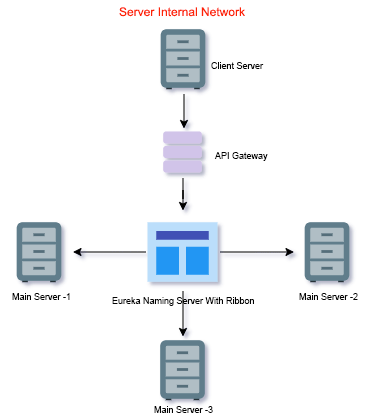Introduction
The shift towards microservices has a direct impact on the testing strategies applied and has introduced a number of complexities that need to be addressed. In fact, microservices require additional levels of testing since we have to deal with multiple independently deployable components.
An excellent explanation of these concepts and the various levels of microservices testing is given by Martin Fowler in his Testing Strategies in a Microservice Architecture presentation. Let's have a look at the revised "test pyramid" from this presentation:



